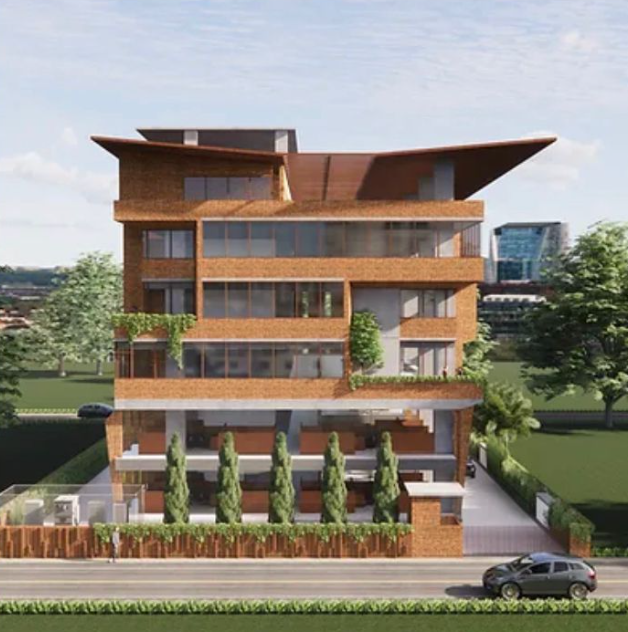Office
New Bel Road
Bangalore , Karnataka
India (560054)

Residential Architects: Crafting Homes with Vision and Expertise
Residential architects are professionals who specialize in designing residential spaces, including single-family homes, apartments, townhouses, and other types of living accommodations. Their work involves more than just creating functional floor plans; it’s about crafting environments that reflect the client’s personality, meet their needs, and stand the test of time. Residential architecture blends creativity with practicality, combining aesthetic appeal with structural integrity and efficiency.
The primary role of residential architects is to create personalized designs for homes. This includes working closely with clients to understand their lifestyle, preferences, and requirements. Architects often begin with an initial consultation to discuss the client’s vision, budget, and spatial needs. They consider elements such as the size of the family, lifestyle habits, and specific requests, such as sustainability, privacy, and accessibility. Once the foundational details are understood, the architect drafts a design that best aligns with the client’s aspirations.
Residential architects work through all stages of design, including conceptualization, development, and final construction. They create detailed blueprints, specifications, and 3D models, which are essential for construction teams to bring the project to life. They may also assist in selecting materials and finishes, guiding homeowners in choosing durable, sustainable, and aesthetically pleasing options.
Space Planning: A significant part of residential architecture is ensuring that the interior layout optimizes space usage. This might involve adjusting room sizes, positioning walls, or including features like open-plan living areas. Architects ensure the flow of the house is comfortable and efficient for day-to-day living.
Aesthetic Vision: Residential architects aim to capture the homeowner's style while considering the surrounding environment and neighborhood. The exterior design can include traditional, contemporary, or eclectic styles, from modern minimalist homes to grand estates. Architects pay attention to proportions, materials, and textures to create a visually appealing exterior.
Sustainability and Efficiency: With growing concerns over environmental impact, many residential architects now focus on energy-efficient designs. This might involve the integration of renewable energy sources, insulation, natural lighting, and sustainable building materials. Architects often incorporate green building standards to minimize energy consumption, lower carbon footprints, and reduce maintenance costs.
Safety and Compliance: Architects ensure the design adheres to local building codes and regulations. They ensure the safety of the home by complying with structural requirements, fire safety codes, and zoning laws. This ensures that the home is not only aesthetically pleasing but also secure for its inhabitants.
Innovative Solutions: Residential architects often push the boundaries of design, introducing innovative solutions for modern living. Whether it’s an open-concept kitchen, smart home technology, or unique storage solutions, architects are constantly exploring ways to improve functionality and enhance the overall experience of the home.
Working with a residential architect is a collaborative process that begins with discussions and progresses through multiple stages:
Residential architects are crucial in the creation of homes that are functional, beautiful, and sustainable. By integrating design principles with technical expertise, they help homeowners bring their dream homes to life. Whether building from the ground up or remodeling existing structures, residential architects ensure that the final result is not only aesthetically pleasing but also a comfortable and efficient place to live. Their work is a blend of art, science, and practicality, offering lasting value to families for generations.